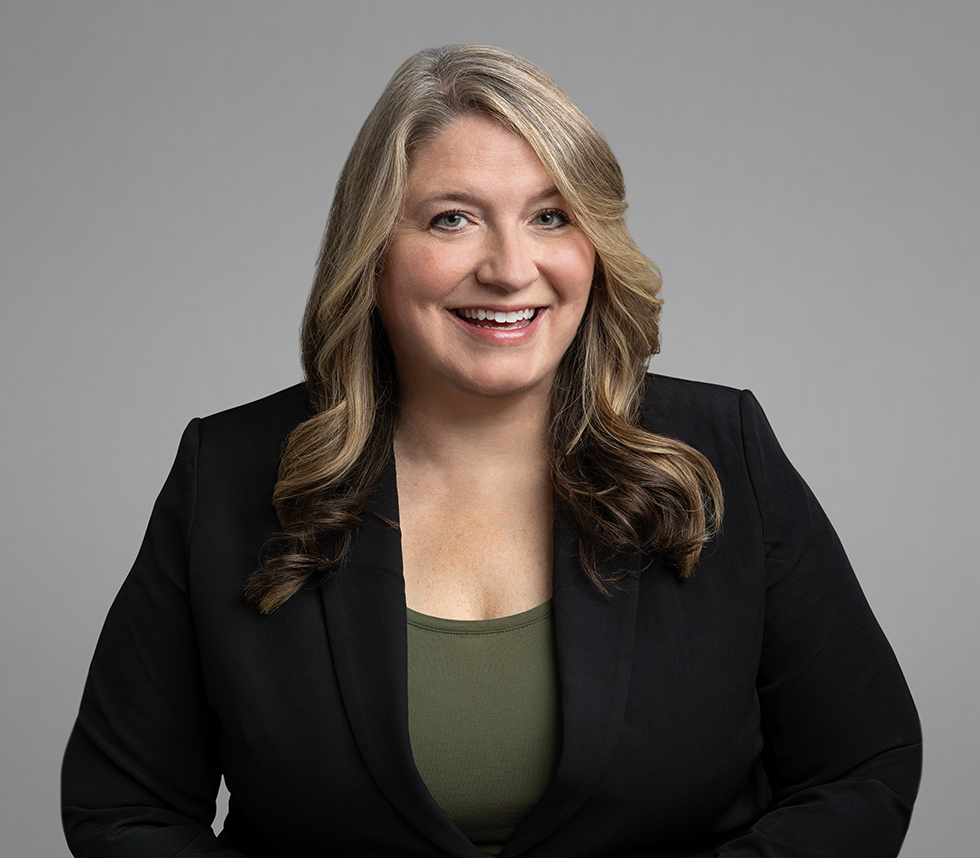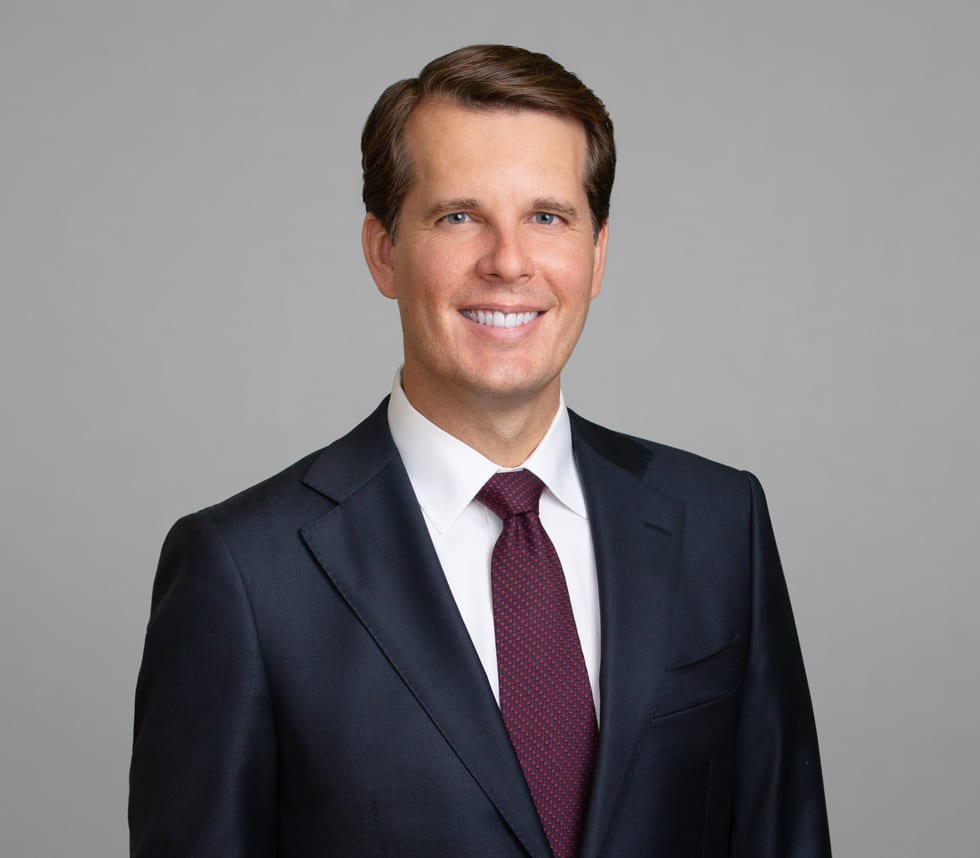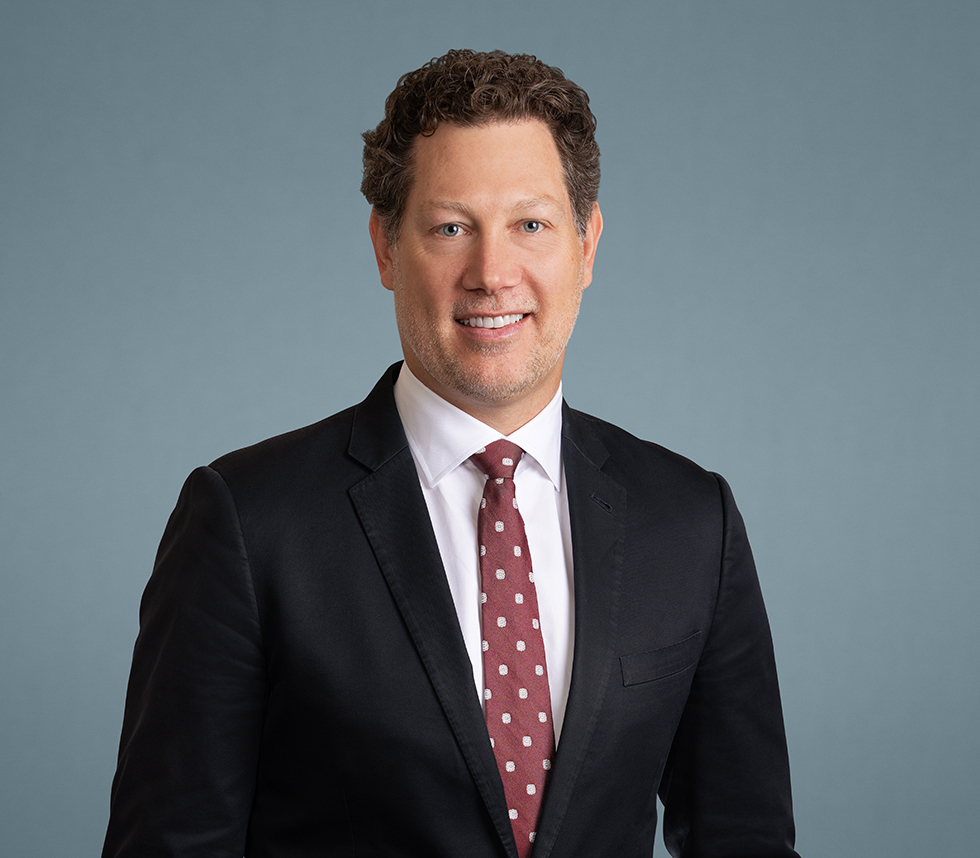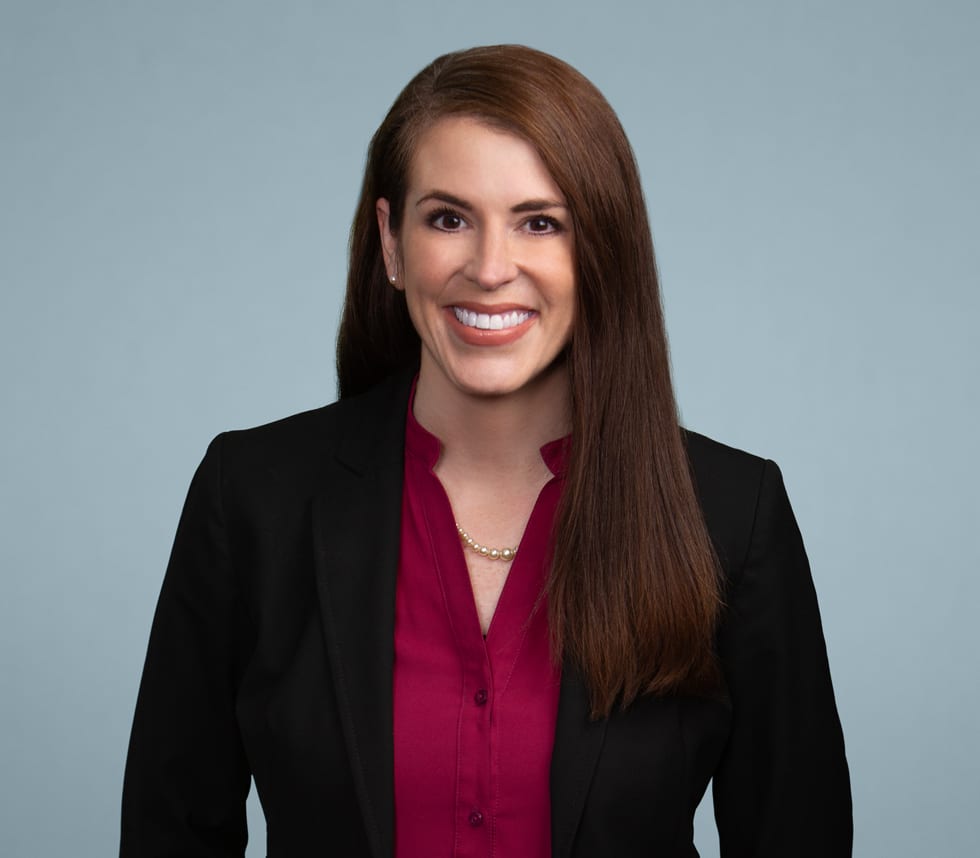
5 Business Solutions for Keeping Legal Rates Sane
For many in-house counsel, the ongoing cost escalation of big law services feels frustratingly disconnected from the cost efficiency that has become a corporate standard. Not at Hilgers Graben. Our firm deploys elite teams, led by trial-tested senior attorneys, in complex cases around the country at a cost that is often at least 30% to 50% less expensive than our big law counterparts.
How is that possible? Not by simply rolling out a virtual firm or scrambling to do more with less. Nor do we compromise on the quality of our people. Instead, our firm has developed a business model—based on sound business practices used by companies in a variety of industries around the country—to drive costs down. This approach, built from the ground up and refined over nearly 12 years, is truly disruptive in the marketplace for legal services.
Hilgers Graben has made dozens of improvements, big and small, to help drive down costs and increase efficiency without sacrificing quality. Read on for just five of the ways that our firm uses common business sense to keep rates sane.
#1 – Right-Sized Office Spaces Built for Modern Trial Teams
Big Law’s Escalating Cost: The Expense of Ineffective Office Space
For decades, law firms defaulted to gigantic, extravagant office spaces that dedicated up to 800 square feet per attorney, with lavish reception areas, unused conference rooms, and an art gallery alcove around every fax machine. Those areas may be visually appealing, but perceptive clients are more concerned about unused space when they are ultimately footing the bill.
HG’s Business Sense Solution: The Effect of Intentional Office Space
With an average of less than 150 square feet per attorney, Hilgers Graben’s offices were specifically designed to support the operational needs of our teams. HG offices eliminate or drastically reduce ornamental or unproductive space, capitalizing on the modern distributed team movement. From the beginning, we decided our offices should prioritize impressing clients with effective collaboration rather than expensive taste. We take pride in our results, not our real estate.
#2 – Geographic Arbitrage While Avoiding the Luxury Office Trap
Big Law’s Escalating Cost: A Location Tax on the Billable Hour
Office size is just one part of the cost equation; the price of that square footage depends on the city and even the neighborhood. In 2016, Wolters Kluwer’s Real Rate Report found that the dollar impact real estate has on an individual lawyer’s hourly rate was $232.12 in New York and $79.30 in Omaha. What is more, Class A real estate in a downtown Chicago high-rise will be considerably pricier than the same office footprint outside the city core. But even after many business campuses have relocated to the suburbs, AmLaw 100 headquarters remain concentrated in the most expensive city centers.
HG’s Business Sense Solution: A Hub and Spoke System that Leverages Geographic Arbitrage and Avoids Luxury Office Locations
Hilgers Graben drives down costs with a hub-and-spoke model. The “hub” in Lincoln, Nebraska leverages a low-cost environment to streamline operational expense. This hub houses the firm’s primary back-end support team as well as a core group of first-class lawyers, who went to top schools and/or trained at top firms, working on cases around the country. We amplify the national reach of our talent through “spoke” offices in major metro areas like Chicago, Denver, San Diego, Miami, St. Louis, Washington D.C., and Dallas.
We selected and equipped these outposts with strategic intent to maximize their availability for client interaction without paying the location tax of major downtown office centers. This allows nationwide deployment of on-the-ground senior litigators and trial attorneys without fees anchored to unreasonably priced real estate. Because our distributed teams predate COVID, our recent growth has led to greater cohesion rather than necessary reconfiguration.
#3 – The Cost-Saving Power of Attorney Retention
Big Law’s Escalating Cost: The Toll of Endemic Turnover
Every business knows the painful cost of turnover. That is no less true for law firms: a 2017 NALP Update on Associate Attrition found the cost of replacing an associate could be as high as $500,000, depending on the size of the firm. In fact, 2022 started out with a staggering 121% increase in law firm recruiting expenses. The negative impact goes beyond line items like head-hunter fees; firms must also account for the reduced team efficiencies and lost institutional knowledge stemming from constant roster flux.
Despite this, many large law firms built their business models on the premise that most attorneys will ultimately leave. This resigned “up and out” approach to talent attrition erodes morale in addition to increasing cost and reducing efficiency. Indeed, according to the 2022 Report on the State of the Legal Market issued by the Center on Ethics and the Legal Profession at Georgetown University Law Center and the Thomson Reuters Institute, law firms were teetering on the edge of losing a quarter of their associates at the end of 2021.
HG’s Business Sense Solution: The Power of Retention, Driven by a Positive Culture
Any business would tell you that the secret to reducing this kind of costly turnover is finding great people, training them, and keeping them. That is precisely what we have done at Hilgers Graben, where our culture is designed to attract and retain talent. We believe that lawyers want to work at the right place for the long run, and our lawyers want to build a career at our firm. Genuinely treating every new hire like they are a part of our future is not just internal policy, it is also how we stand out in the marketplace for big law firm talent. Eliminating the need for a dedicated recruiting department allows us to redirect those resources to better serve our clients and support our teams.
And the proof is in the numbers: in the last seven years the firm has experienced minimal turnover of full-time attorneys. Stewarding a people-first culture has resulted in lower costs and greater institutional knowledge that we happily share with our clients.
#4 – The Cost-Saving Power of a Well-Run Business
Big Law’s Escalating Cost: Hidden Tax of Poor Time Entry and Invoicing Hygiene
The foundation of many successful businesses lies in their financial discipline. One hallmark of a company’s financial discipline is its management of credit and interest expenses. The size of a business does not insulate it from the impact of negative cash management, yet many big law firms run on a heavy line of credit, especially at the beginning of the year.
That has a bottom-line impact—the more credit a firm takes on, and the slower it is repaid, the increased hard expense is incurred by the firm. That is especially costly in the current high-interest rate environment. Cash management and discipline have a direct impact on costs—the faster the firm pays back its line of credit, the less interest expense it takes on, and the smaller the cost that might need to be built into rates moving forward.
As a result, invoicing and collection hygiene—i.e., getting out timely invoices, being thoughtful about setting up electronic payment options, using respectful but appropriate follow ups—all impact the bottom line. And when firms get their invoices out more slowly—projections at some firms range from 30-45 days after the close of month—that additional time to collection results in hard interest costs. Delay in invoice submission means delay in collection which means more costs that are passed on to clients.
HG’s Business Sense Solution: Unparalleled Discipline, Including Time Entry and Invoicing Hygiene
Unlike most law firms, Hilgers Graben runs without recurring debt and operates with retained earnings. On top of that, we have perhaps the best invoicing discipline of any firm in the country. And the firm does this at scale—with over one hundred attorneys billing daily across the country, the firm achieves what few others have been able to do—true daily time entry.
Because of our firmwide focus on daily time entry, we routinely have all our invoices out immediately—in our most recent month, we submitted 98.5% of our invoices on the first calendar day. That is an almost unheard-of number. Being disciplined in the small details of daily practice means fewer unnecessary “cost-of-business” expenses get factored into our billable rate calculations.
Not only does a prompt approach to invoicing help save the bottom line for the firm and client, it also demonstrates diligence, precision, and care. Clients can take comfort in knowing that these comprehensive time entries were not recreated at a later date. As an added bonus, clients learn their outside counsel costs immediately, rather than receiving surprise invoices long after the work has been completed.
#5 – Avoiding Unnecessary Legacy Expenses
Big Law’s Escalating Cost: Outdated Legacy Systems
Corporations regularly reduce spending by identifying old cost centers and unwieldy legacy systems. Large law firms have been slower to adopt these principles or adjust the way they allocate resources to their library, recruiting, travel, copy service, and marketing departments. Nor have some been as quick to update their major enterprise technologies, which operate with lower efficiency at a higher price point. And many firms still have large numbers of administrative assistants or receptionists – an additional layer of costs embedded into the billable hour.
HG’s Business Sense Solution: Contemporary Business Practices
As a newer firm built on ground-up business principles, we are not saddled with costly legacy systems or bloated departments. We use common corporate best practices, an agile approach, and a focus on efficiency and value to supply sophisticated litigation and discovery services at rates that make sense for clients. We do not have individual departments for recruiting, travel, library/research, copying, or marketing. Our administrative overhead-to-attorney ratio is very low. This all flows through our rate structure to the benefit of our clients.
The Bottom Line
The ultimate aim of each of these five business solutions—right-sized offices, geographic arbitrage, attorney retention, cash management discipline, and agile internal systems—is to ensure that the client’s resources are utilized for talent and results. We believe that these cost-efficient strategies truly improve the quality of legal services. This allows the firm to find a win-win—providing clients what they need in the form of access to teams of outstanding litigators—while saving money on things that do not drive success in their litigation or discovery matters.
Whether it is a “bet the company” or routine litigation, our clients are searching for firms and lawyers who can effectively help them with their problems, whether defending a case or asserting claims.
Looking for cost-efficiency in the pairing of elite litigators and proven business practices is a value proposition that upends the expectations of the legal market across the country—and will continue to do.




















